I'm currently running a small loop in g-code that has to wait for a common variable to change values. With Program Buffering ON, my g-code program does not see changes to the variables!
What is the best way to turn Program Buffering OFF while I am in this g-code loop?
If I manually set Program Buffering (NC Optional Parameter Bit No.2 Bit 7 to "DOES NOT". Then my loop behaves appropriately and the controller properly checks the value of the common variable each loop.
NLOOP G04 F1
IF[VC890 EQ 0] GOTO NRTS
GOTO NLOOP
NRTS RTS
Very straight forward loop. Maybe it needs to be more complex.
Perhaps if it was longer the buffer wouldn't matter?
I expect my customer's will want Program Buffering turned on.
Can I turn it off temporarily with the THINC API?
Because if it works, this would be great:
public void SetNCOptionalParameterBit(
int intBitIndex,
int intBitNo,
OnOffStateEnum enValue);
If this function will let me set param bit no 2 bit 7 on and off then this would probably be a valid work around.
Okuma.CMDATAPI.DataAPI.COptionalParameter myCOPtionalParameter;
myCOptionalParameter = new Okuma.CMDATAPI.DataAPI.COptionalParameter();
myCOPtionalParameter.SetNCOptionalParameterBit(2, 7,
Okuma.CMDATAPI.Enumerations.OnOffStateEnum.On);
